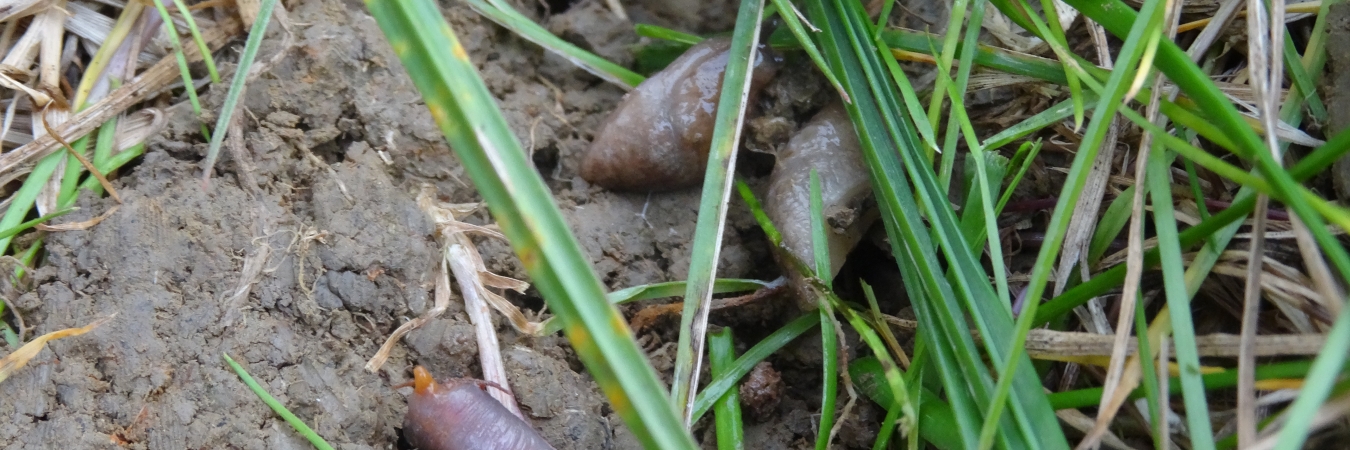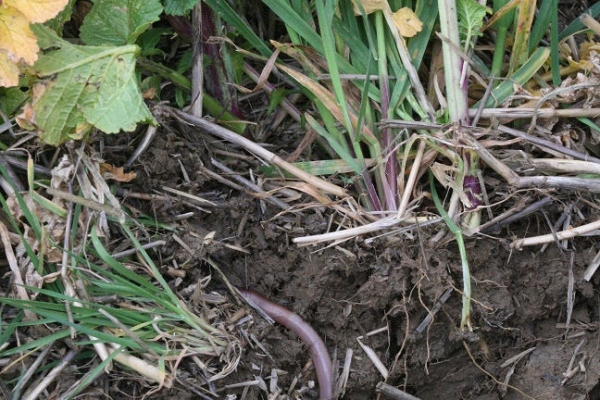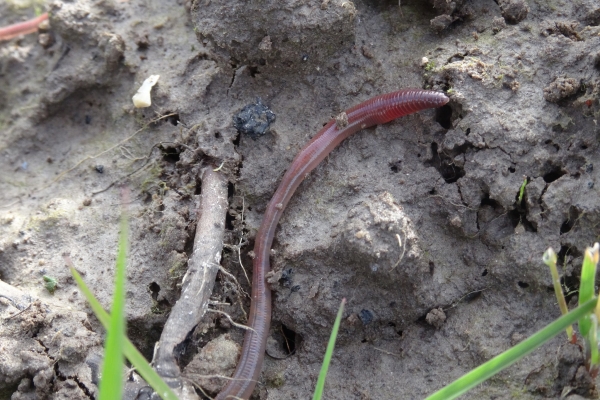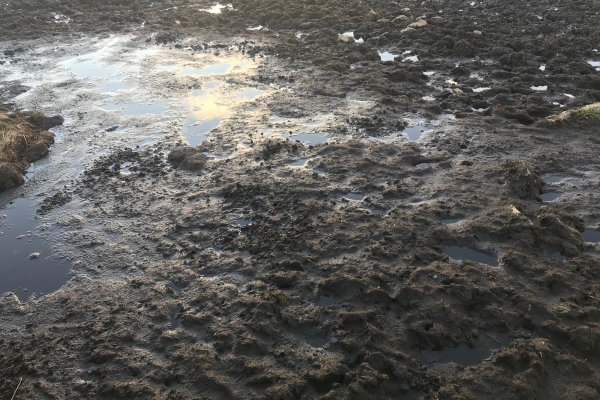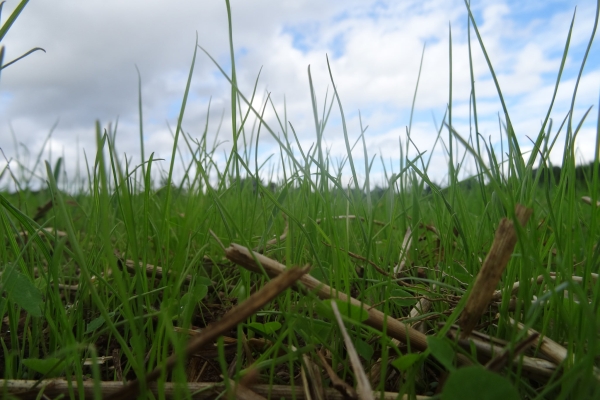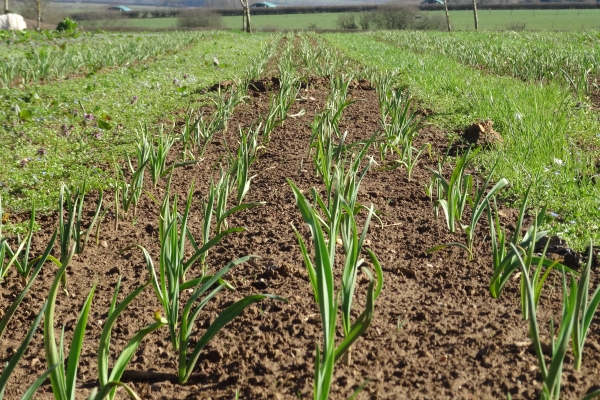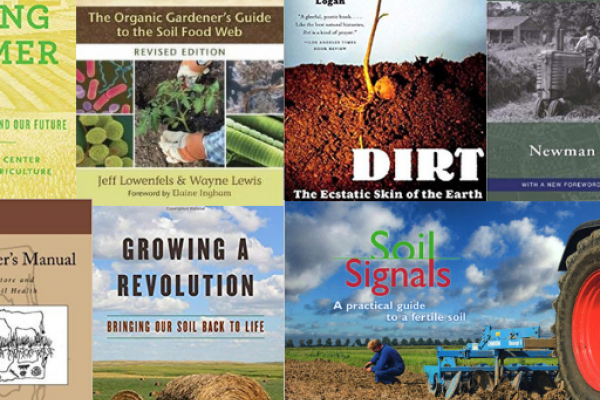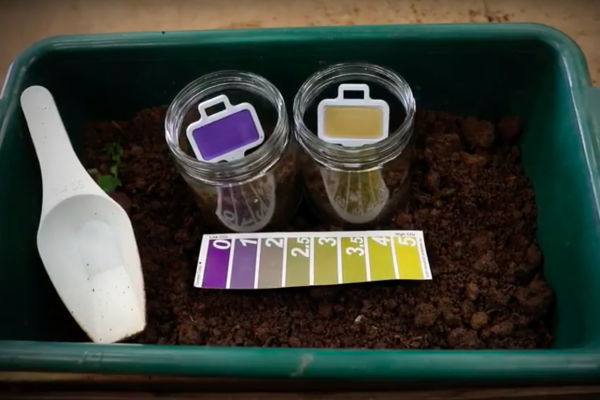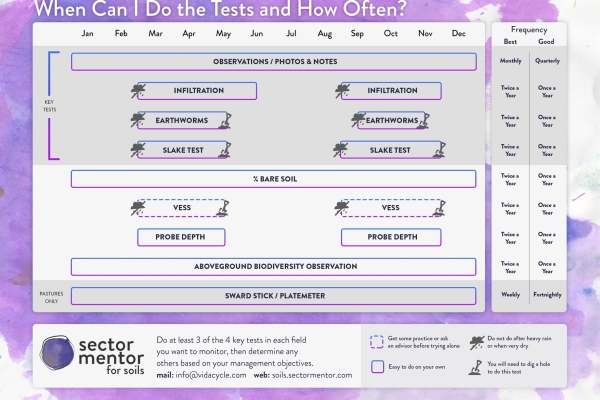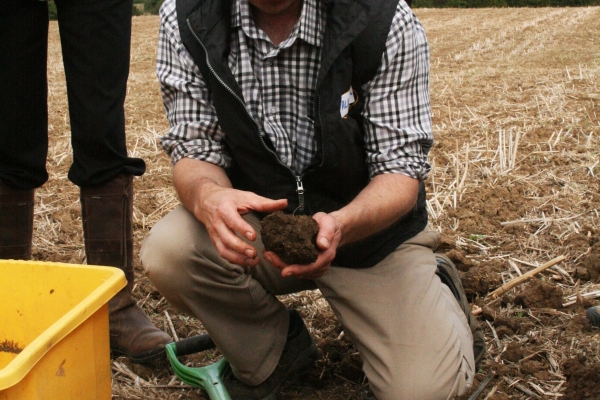The Spade Test
Visual Soil Assessment in the Field
Resource explained
This video (available on the OK-Net Arable knowledge exchange platform) explains how to take a soil profile sample and interpret it using the spade test, which looks at about the top 40 cm of soil. Different soil characteristics can be analysed to help you determine the health of the soil and how it can be managed i.e. the soil horizons or layers, texture, colour, odour, structure, roots, and soil biota. You can also look at the effects of soil tillage.
Findings & recommendations
- The video explains how to assess colour, odour, calcium content, root density, and the stratification, structure and texture of a sample (by using the finger test, drop test and various observations).
- The spade test can:
- Shorter term, help you assess whether your field is ready for tillage or whether it is too wet.
- Longer term, help you to understand your soil better and decide if your tillage practices need adaptations.
- Help you assess why some parts of a field have a good growth whereas others do not.
Find out more about the ‘Fertility Building Management Measures in Organic Cropping Systems’ – FertilCrop project, and access some useful Technical Notes here.
To view other useful resources on the OK-Net Arable knowledge platform, see here.
